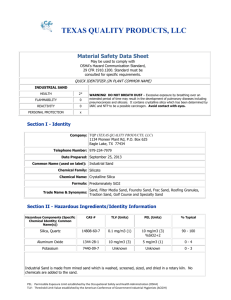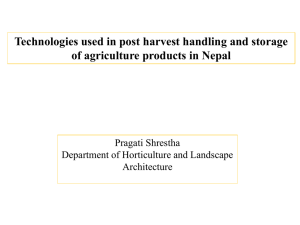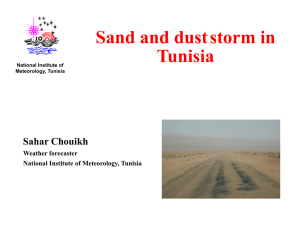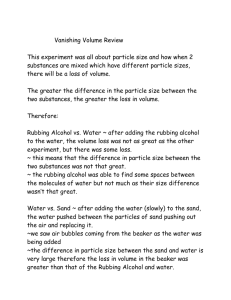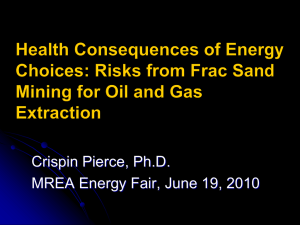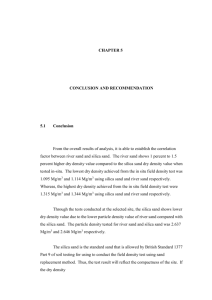FAQ`s The barge terminal will cut down on truck traffic running
advertisement
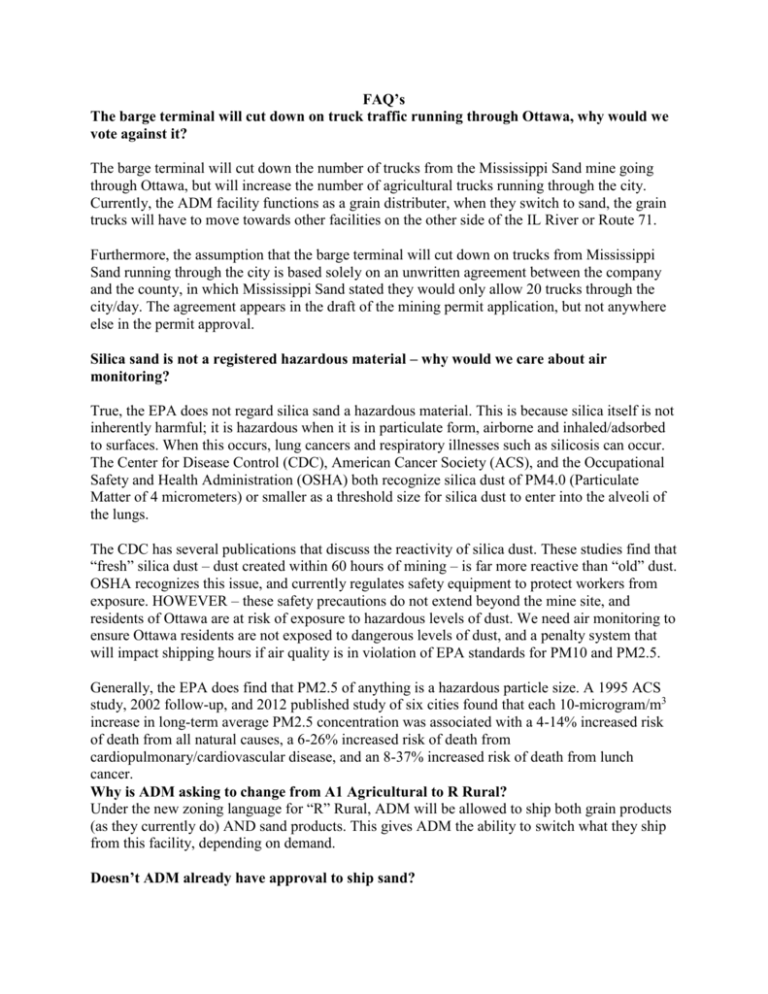
FAQ’s The barge terminal will cut down on truck traffic running through Ottawa, why would we vote against it? The barge terminal will cut down the number of trucks from the Mississippi Sand mine going through Ottawa, but will increase the number of agricultural trucks running through the city. Currently, the ADM facility functions as a grain distributer, when they switch to sand, the grain trucks will have to move towards other facilities on the other side of the IL River or Route 71. Furthermore, the assumption that the barge terminal will cut down on trucks from Mississippi Sand running through the city is based solely on an unwritten agreement between the company and the county, in which Mississippi Sand stated they would only allow 20 trucks through the city/day. The agreement appears in the draft of the mining permit application, but not anywhere else in the permit approval. Silica sand is not a registered hazardous material – why would we care about air monitoring? True, the EPA does not regard silica sand a hazardous material. This is because silica itself is not inherently harmful; it is hazardous when it is in particulate form, airborne and inhaled/adsorbed to surfaces. When this occurs, lung cancers and respiratory illnesses such as silicosis can occur. The Center for Disease Control (CDC), American Cancer Society (ACS), and the Occupational Safety and Health Administration (OSHA) both recognize silica dust of PM4.0 (Particulate Matter of 4 micrometers) or smaller as a threshold size for silica dust to enter into the alveoli of the lungs. The CDC has several publications that discuss the reactivity of silica dust. These studies find that “fresh” silica dust – dust created within 60 hours of mining – is far more reactive than “old” dust. OSHA recognizes this issue, and currently regulates safety equipment to protect workers from exposure. HOWEVER – these safety precautions do not extend beyond the mine site, and residents of Ottawa are at risk of exposure to hazardous levels of dust. We need air monitoring to ensure Ottawa residents are not exposed to dangerous levels of dust, and a penalty system that will impact shipping hours if air quality is in violation of EPA standards for PM10 and PM2.5. Generally, the EPA does find that PM2.5 of anything is a hazardous particle size. A 1995 ACS study, 2002 follow-up, and 2012 published study of six cities found that each 10-microgram/m3 increase in long-term average PM2.5 concentration was associated with a 4-14% increased risk of death from all natural causes, a 6-26% increased risk of death from cardiopulmonary/cardiovascular disease, and an 8-37% increased risk of death from lunch cancer. Why is ADM asking to change from A1 Agricultural to R Rural? Under the new zoning language for “R” Rural, ADM will be allowed to ship both grain products (as they currently do) AND sand products. This gives ADM the ability to switch what they ship from this facility, depending on demand. Doesn’t ADM already have approval to ship sand? YES. LaSalle County has given them approval to ship sand on the East parcel only. However, the county adopted strict conditional use restrictions associated with their permit, which for whatever reason ADM did not like. ADM is currently applying in Ottawa to ship sand from the middle parcel only. What is the sand used for? The sand from the Misssissippi Sand mine will be used for hydraulic fracturing (fracking), which is a novel method of harvesting natural gas deposits located deep in the earth’s crust. This is NOT beach sand. Silica sand that is used in fracking is actually sandstone (SiO2) which has been milled to a size and shape ideal for fracking. Beach sand is actually crushed up shells and rock, and is very irregular in size and shape. This would interfere with the harvest of natural gas in the fracking process, and the spherical silica sand is preferred to optimize flow.

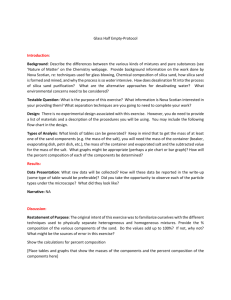
![LAB 4 FB Safety [BH]](http://s3.studylib.net/store/data/007109339_1-10edf2f99cf9e3f5eb5770ce96c065cf-300x300.png)

